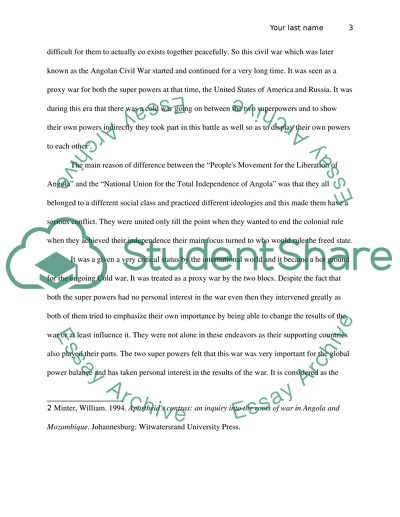Cite this document
(“The War in Angola: The Battle of Cuito Cuanavale Research Paper”, n.d.)
The War in Angola: The Battle of Cuito Cuanavale Research Paper. Retrieved from https://studentshare.org/history/1453336-the-war-in-angola-the-battle-of-cuito-cuanavale
The War in Angola: The Battle of Cuito Cuanavale Research Paper. Retrieved from https://studentshare.org/history/1453336-the-war-in-angola-the-battle-of-cuito-cuanavale
(The War in Angola: The Battle of Cuito Cuanavale Research Paper)
The War in Angola: The Battle of Cuito Cuanavale Research Paper. https://studentshare.org/history/1453336-the-war-in-angola-the-battle-of-cuito-cuanavale.
The War in Angola: The Battle of Cuito Cuanavale Research Paper. https://studentshare.org/history/1453336-the-war-in-angola-the-battle-of-cuito-cuanavale.
“The War in Angola: The Battle of Cuito Cuanavale Research Paper”, n.d. https://studentshare.org/history/1453336-the-war-in-angola-the-battle-of-cuito-cuanavale.


